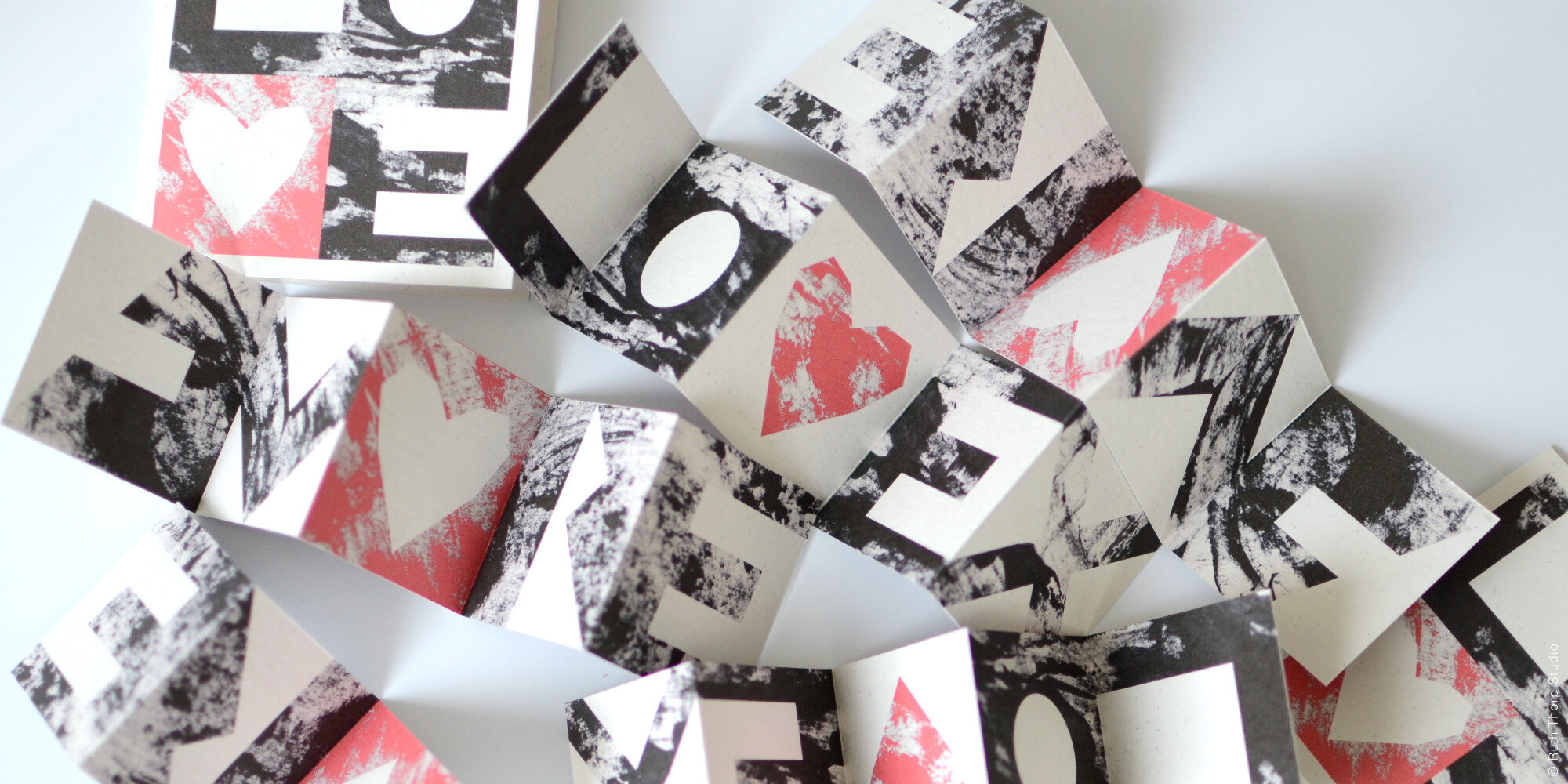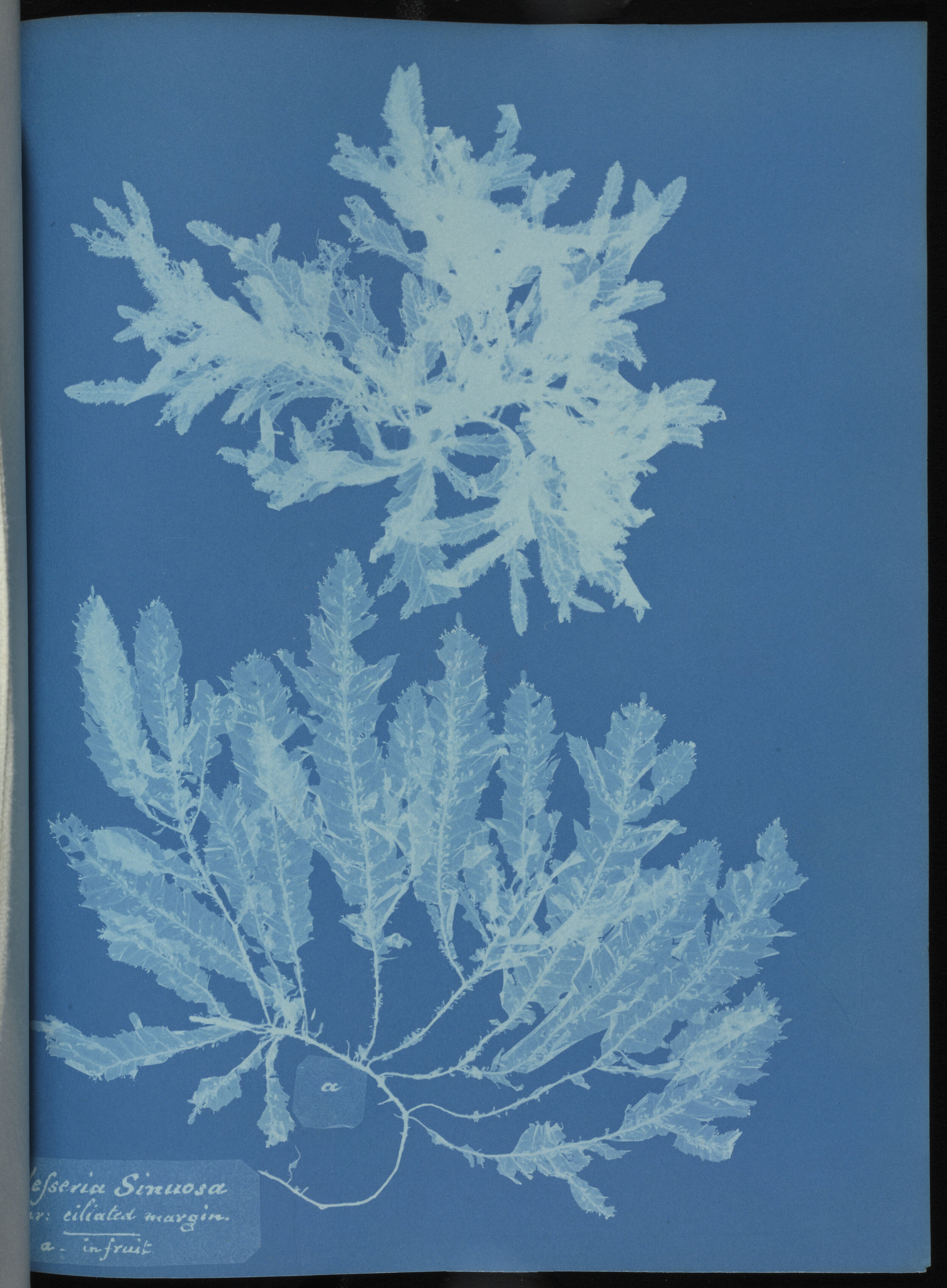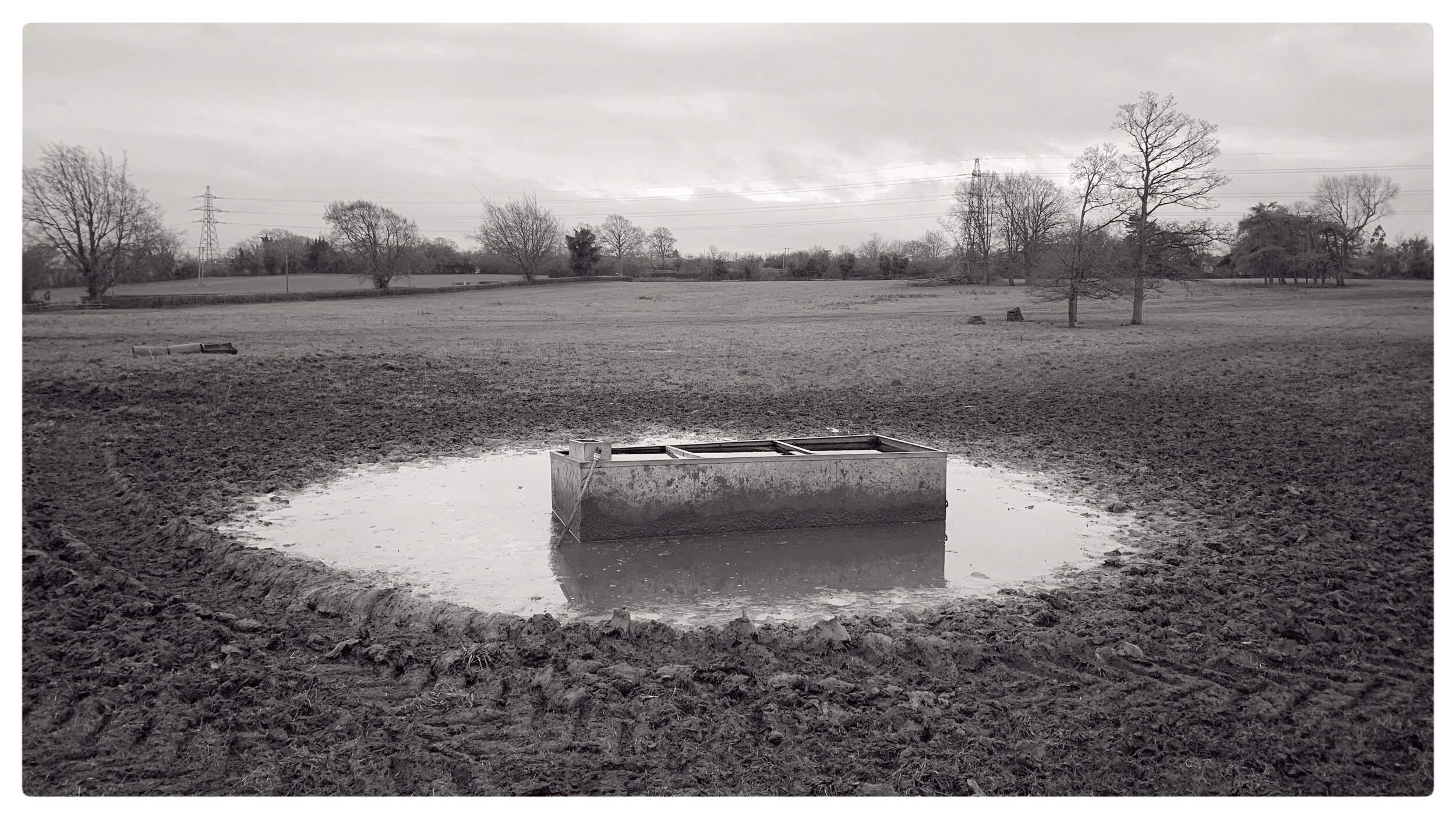In his upcoming exhibition at the Jealous Gallery, London, Stanley Donwood showcases his mesmerizing illustrations inspired by the poems of Thomas Hardy
Our paths through flowers (2021), by Stanley Donwood
Many may recognise Stanley Donwood's artwork from the cover of every Radiohead album since The Bends in 1995 , and his Brothers Grimm-esque illustrations for Rob Macfarlane and Dan Richards' bestseller Holloway.
Donwood’s latest body of work, The Uncanny Scenery of A Dream, draws inspiration from the rural Dorset landscapes described in Thomas Hardy’s Selected Poems, which will be published in a new hardback edition from The Folio Society later this year. To create the series, Donwood travelled to the areas that inspired the author’s poetry, creating a series of sketches on scraps of paper, old envelopes, maps and torn pages from yellowing books. In appreciation of the strong abiding affection Hardy felt for Dorset, Donwood immersed himself in the romantic landscape and rendered atmospheric layered drawings, providing a new way of visualising Hardy’s Wessex.
In his illustrations Donwood explains he has “tried to encapsulate the vague air of solitary melancholy” he interprets from Hardy’s work. Many drawings depict a lone figure in isolated environments with boundless sky above, and flocks of birds transcending the page and earthly plane.
The Uncanny Scenery Of A Dream runs from 27 May - 20 June 2021 at Jealous East, 53 Curtain Road, London, EC2A 3PT, then the exhibition continues at their Crouch End Gallery, 27 Park Road, London N8 8TE from 24 June - 18 July 2021. Find out more at jealousgallery.com
In our upcoming edition of Ernest, author Dan Richards speaks to Stanley Donwood about his new artworks depicting the chalkscapes of the South Downs.
Above: In A Solitude of The Sea and Our Paths Through Flowers, by Stanley Donwood

























